Brevard Zoo in Florida is creating retirement homes for some of its older animal residents, designed "with their geriatric needs in mind".
The zoo considers animals to be geriatric when they reach around 80 percent of their expected lifespan. Brevard Zoo's older animals receive habitat adjustments, routine quality of life assessments, specialised diets and tailored medications.
Flounder, a small flying fox, has been at the zoo since 2001. She is 29 years old and has exceeded her median life expectancy. She lives in a behind-the-scenes area of Brevard Zoo.
Flounder's enriched habitat contains climbing structures to encourage her to be active and stuffed animals to keep her cosy, as well as hideouts and an accessible night house for daytime naps.
"We have seen video footage of her flying all around her habitat, exploring all of her enrichments," said animal keeper Mallory Bourne.
Flounder, a geriatric small flying fox
Josie, a 28-year-old Baird's tapir, has access to various areas, plenty of water for swimming and opportunities to socialise with other animal residents. She has been living at Brevard Zoo since 1994.
Brevard Zoo's ring-tailed lemurs, 28-year-old Kamots and 15-year-old Matilda, live on their own island called 'Little Madagascar'. The island has been adapted to suit their needs, with lower-hanging vines and lowered night houses.
Other animal residents at the zoo who live in retirement homes include Pepper the cheetah, Pete and Sapphire the siamangs, and Makina and Fancy the Visayan warty pigs.
"Taking care of animals is a lifelong commitment, no matter the species," Brevard Zoo said.
"Here at the zoo, we strive to provide the best possible care for the entirety of all our animals’ lives, including those who have surpassed their median life expectancies."
Last year, Brevard Zoo launched a $100m campaign to fund the construction of a second campus, which includes anaquarium and conservation centre, at Port Canaveral.
Images: Brevard Zoo
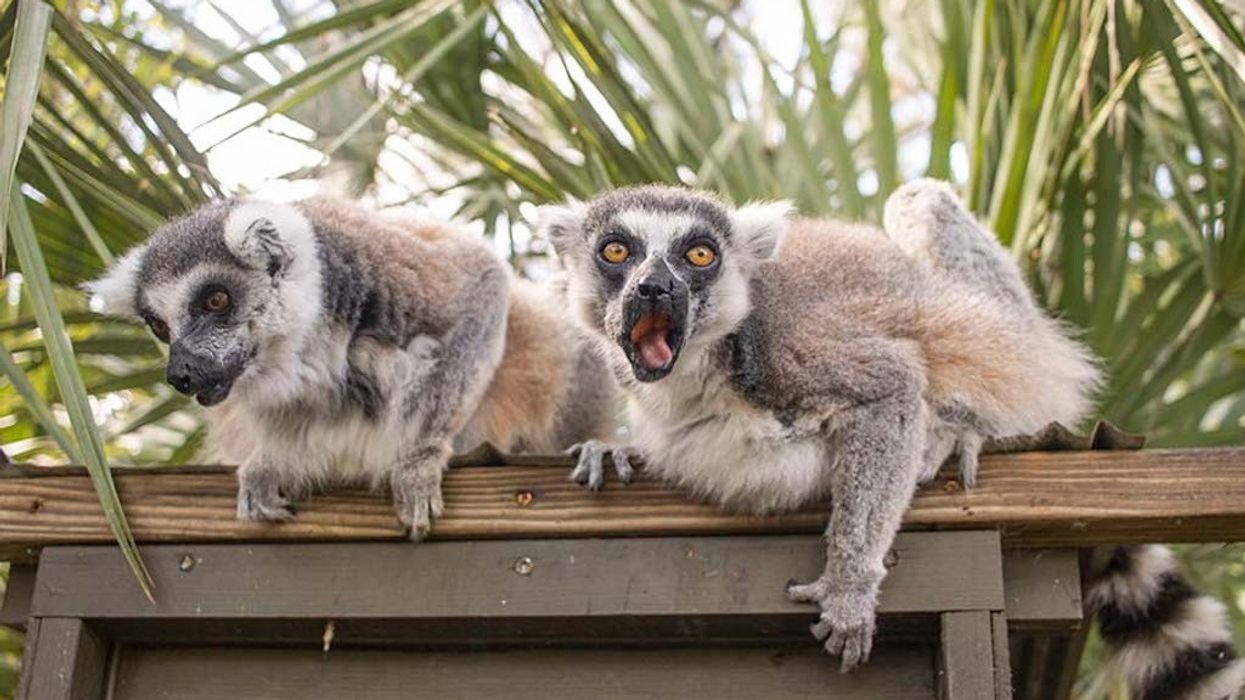

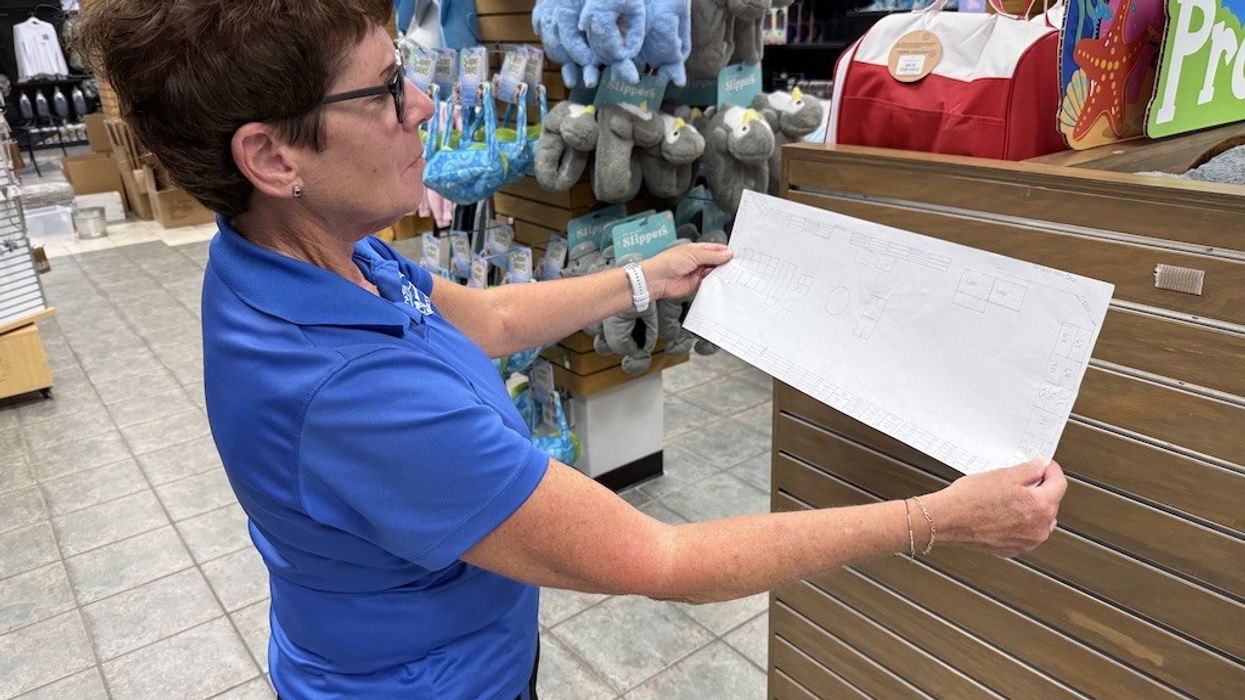
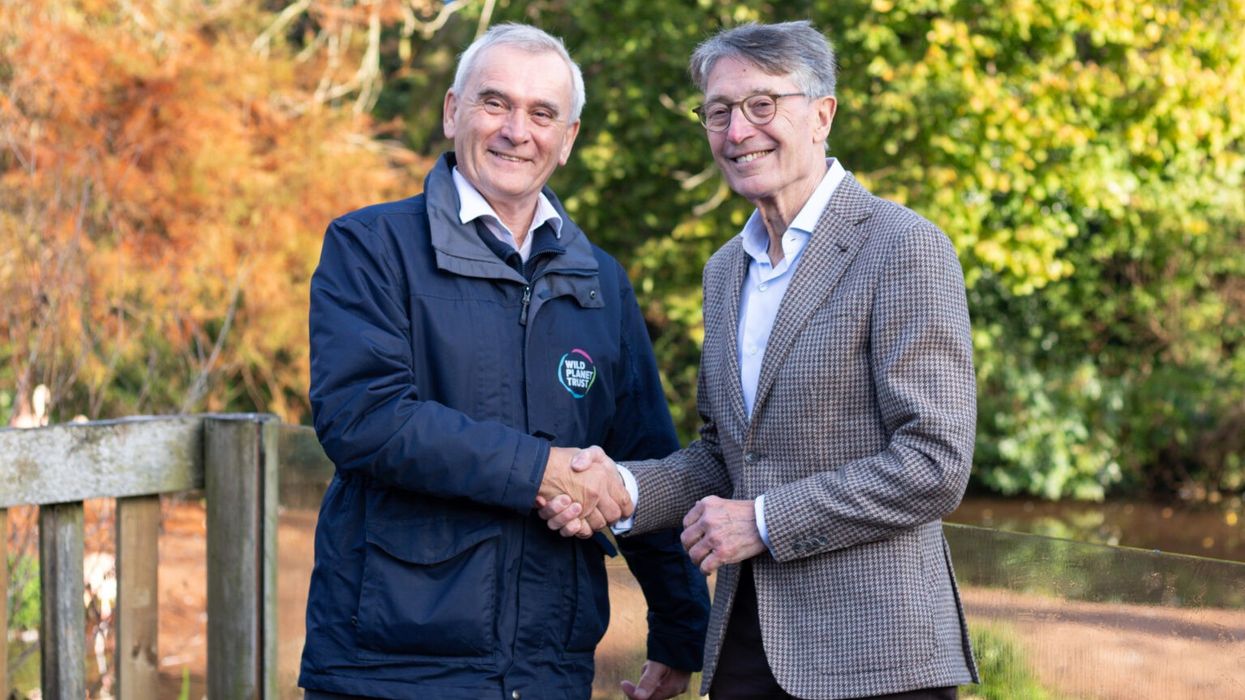

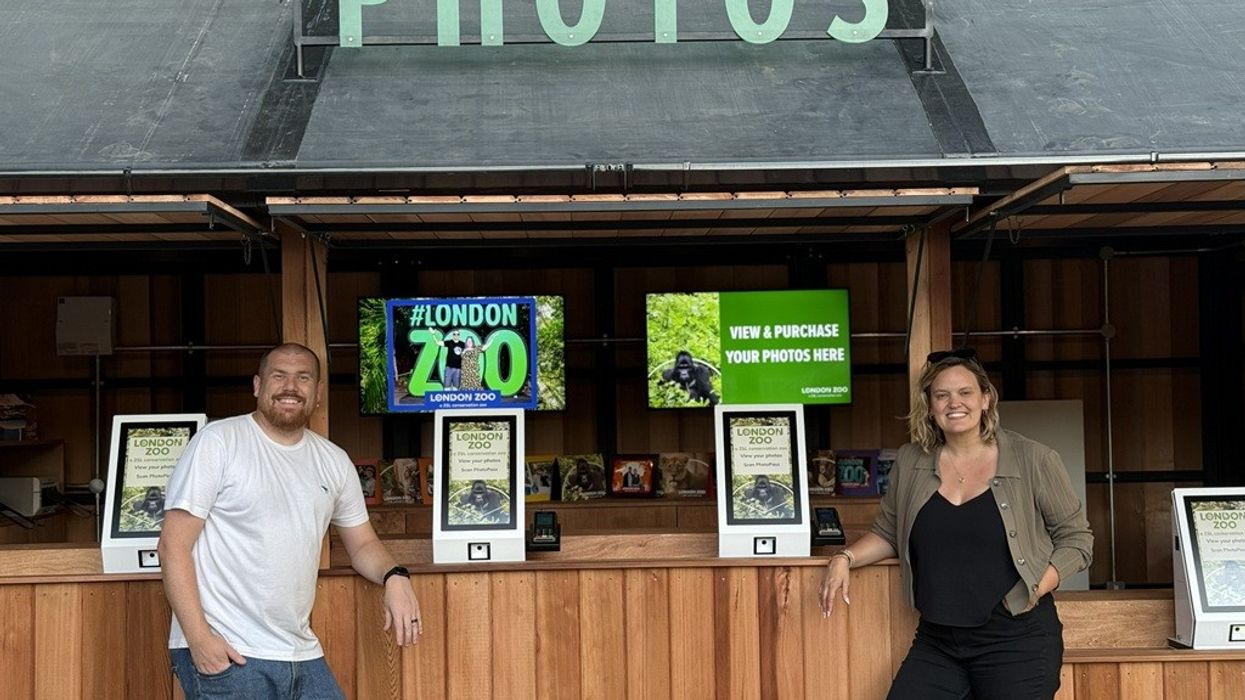
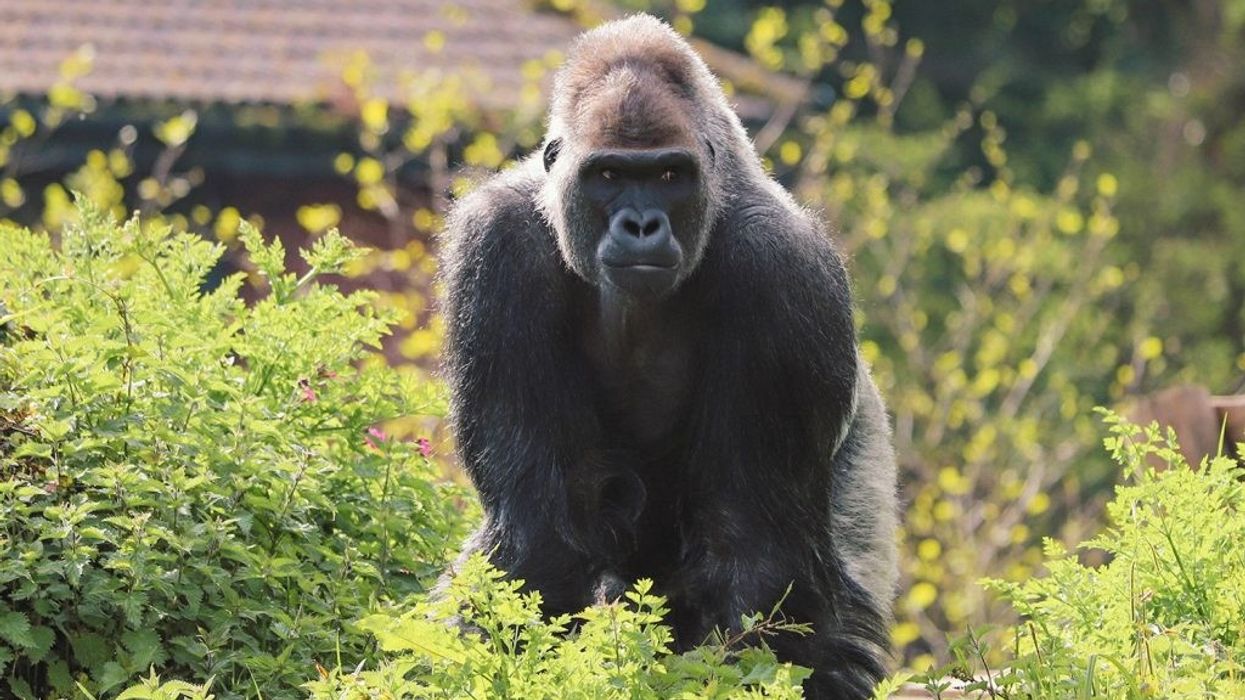
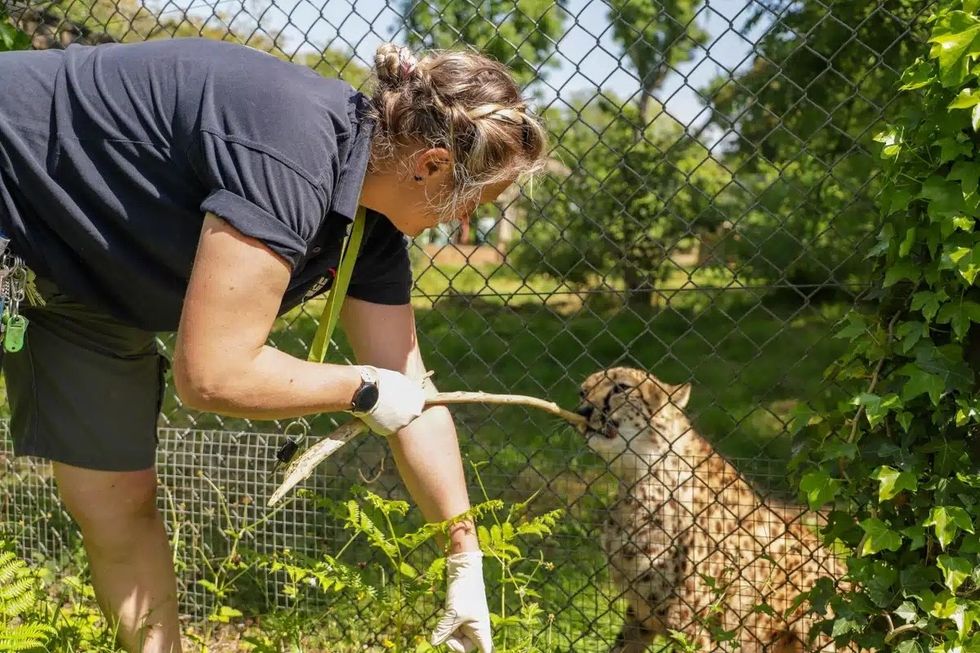


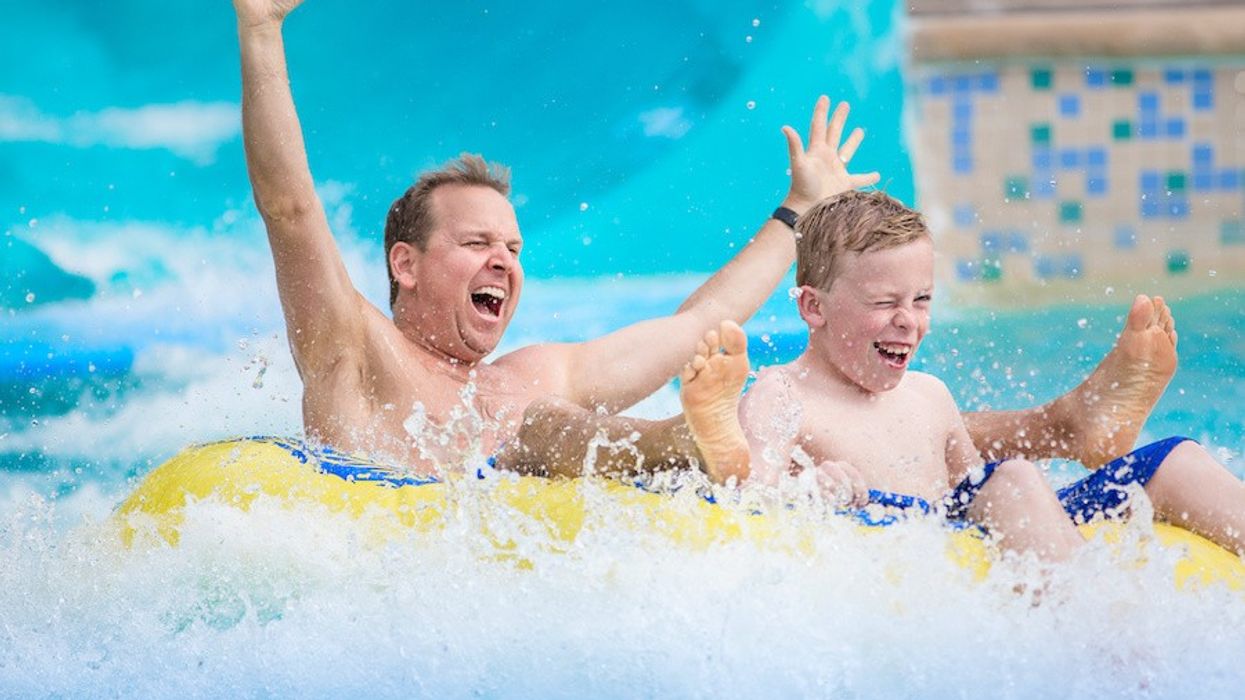

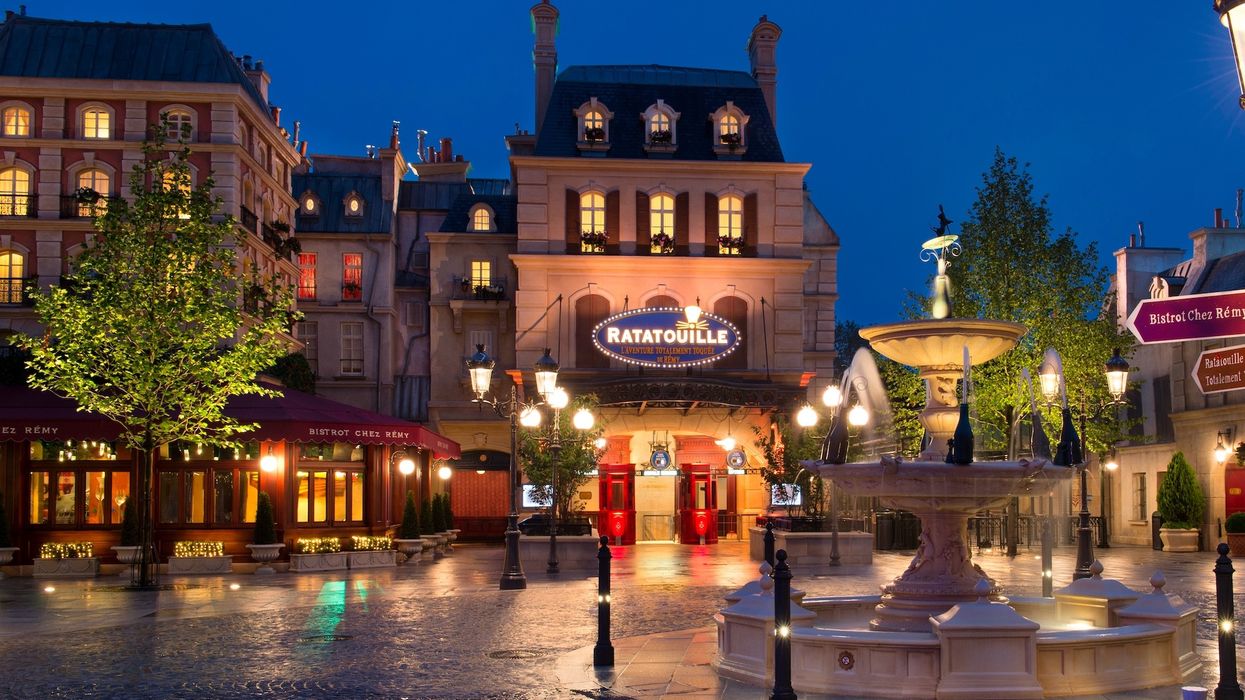


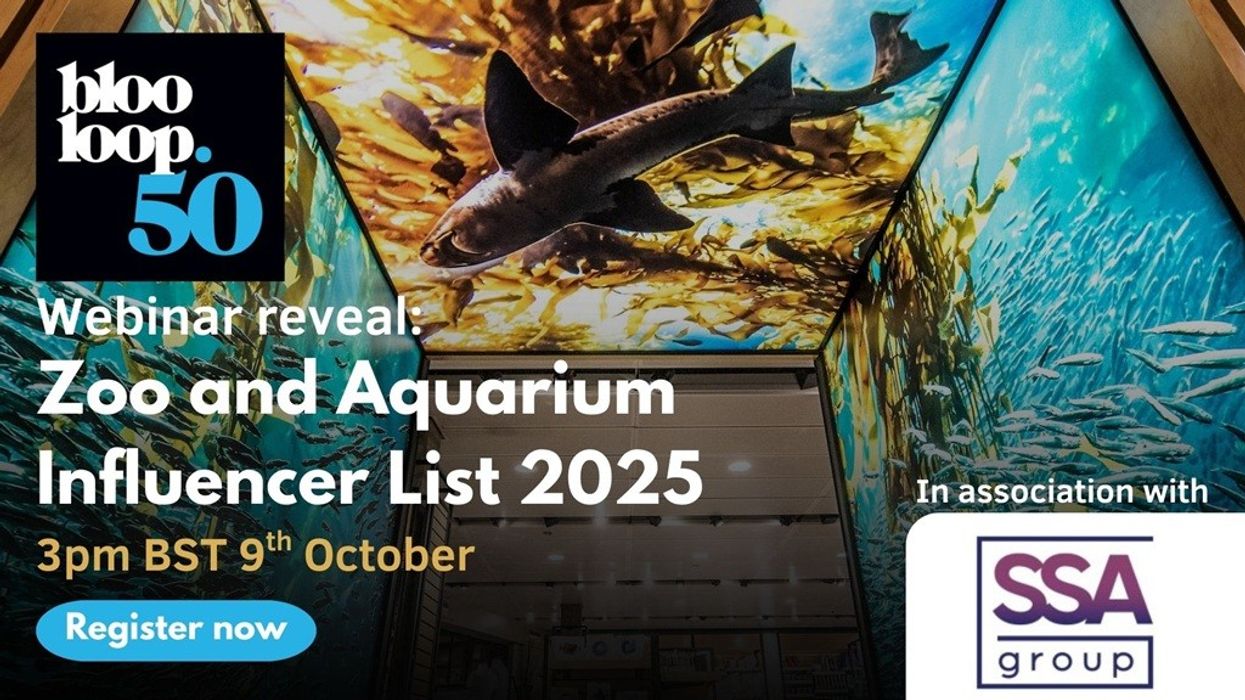

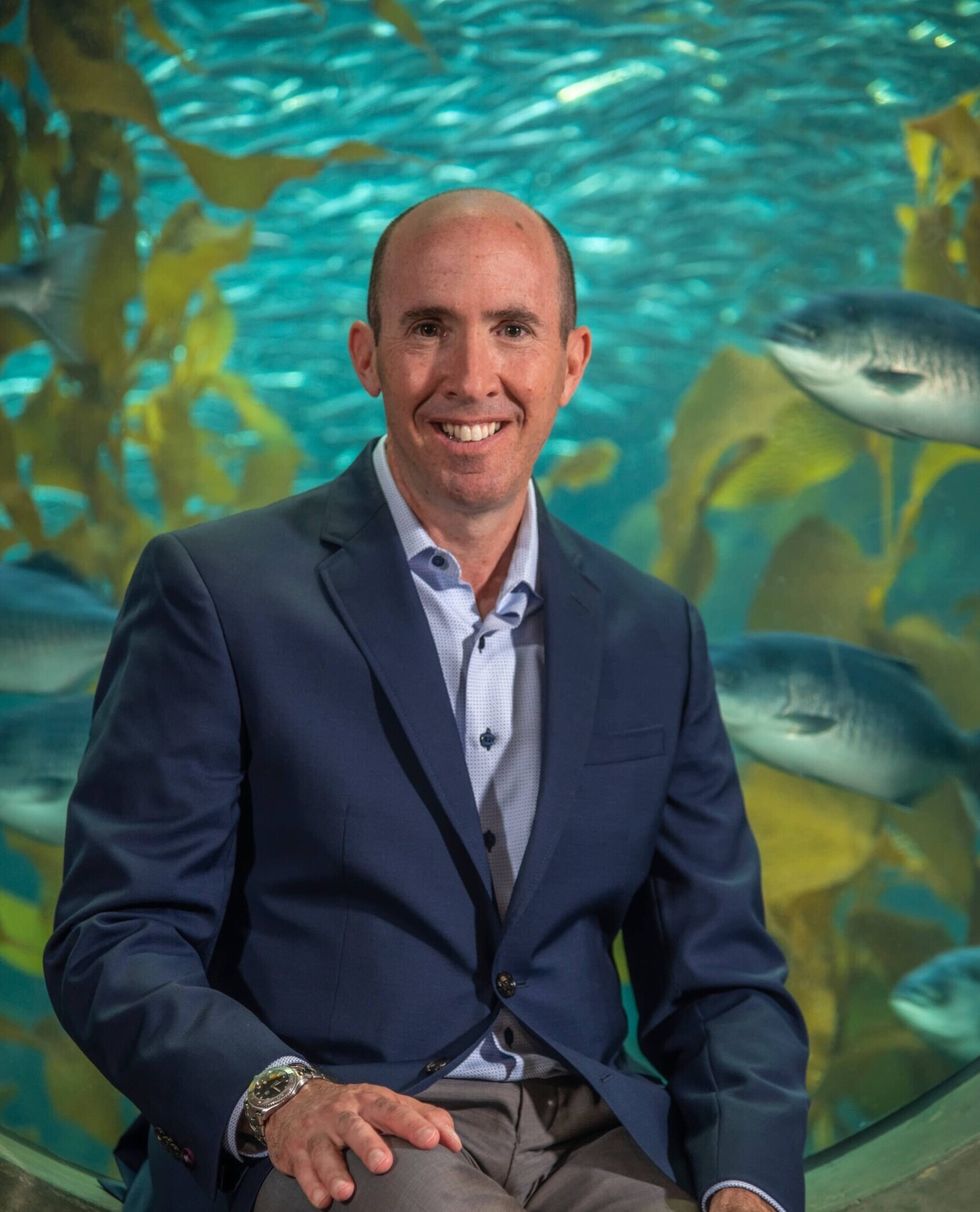 David Rosenberg, Vice President of Guest Experience
David Rosenberg, Vice President of Guest Experience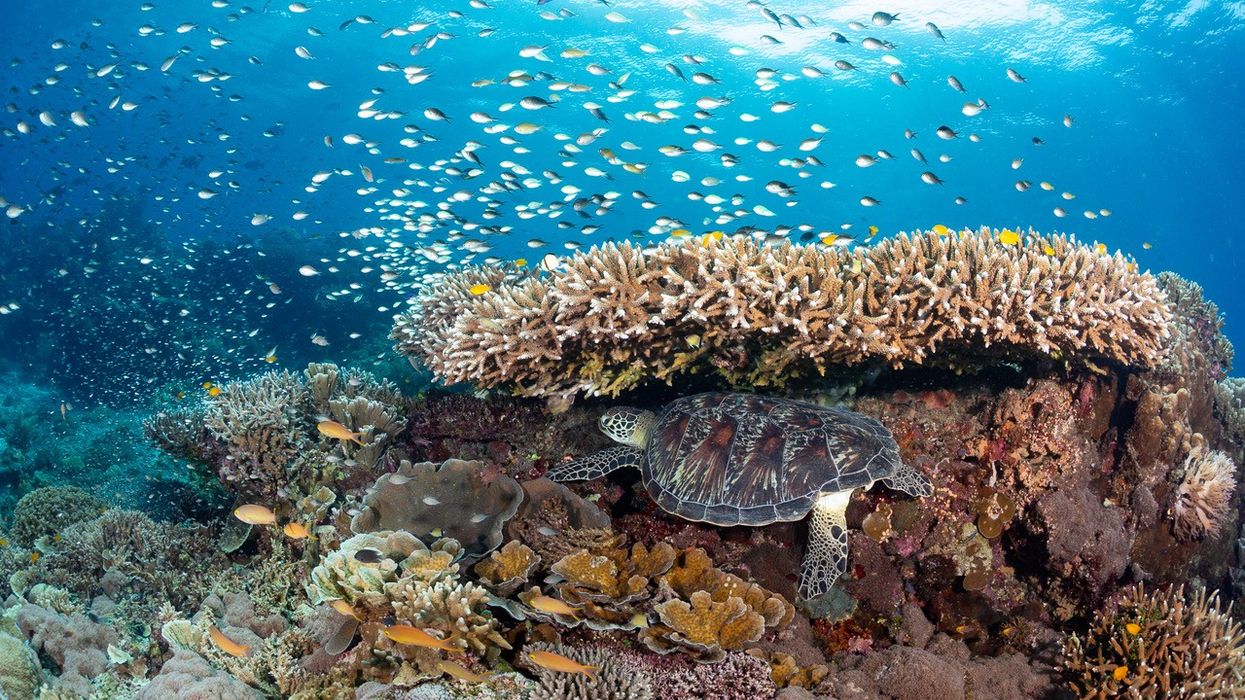
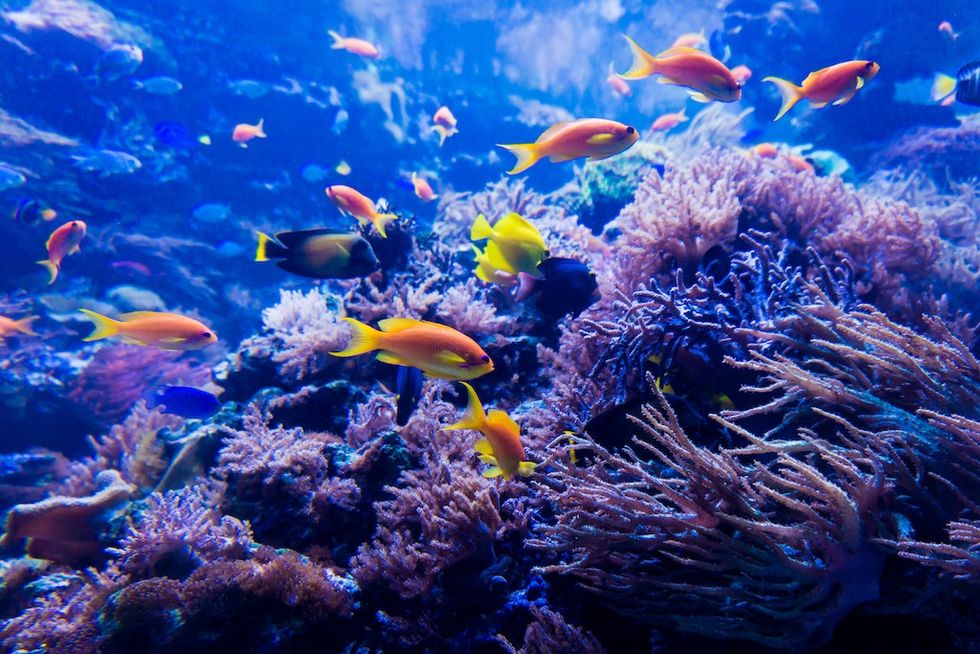
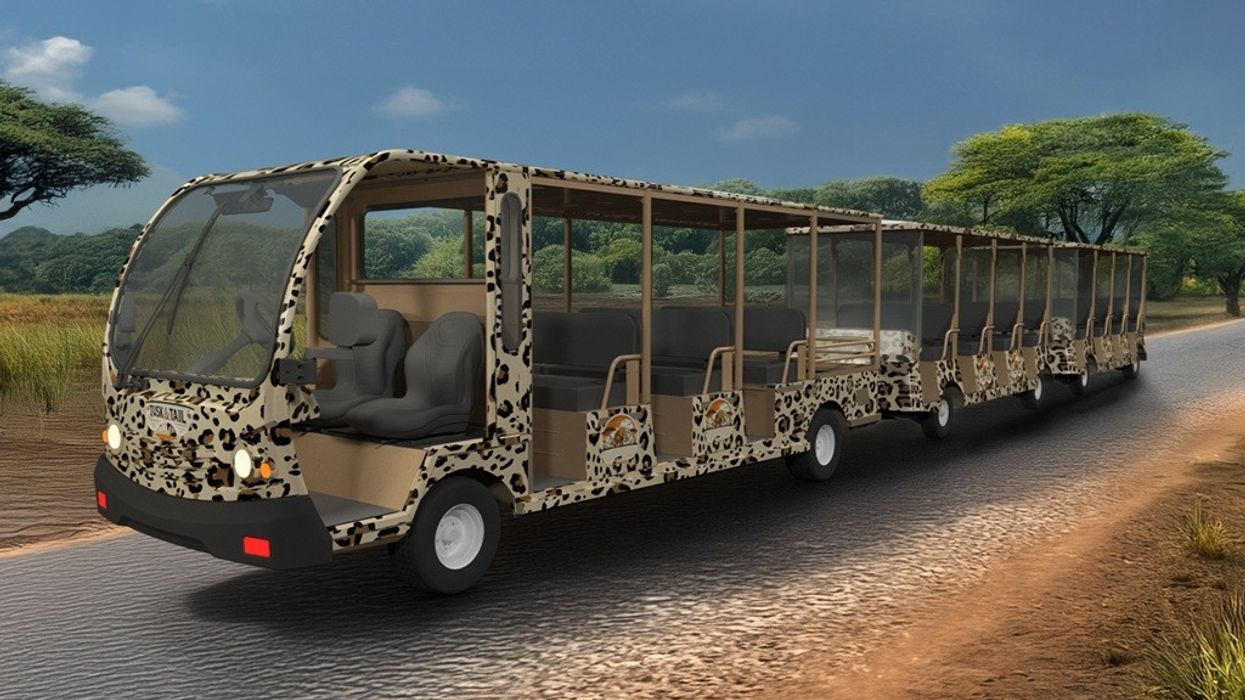
 The Solar Shuttle
The Solar Shuttle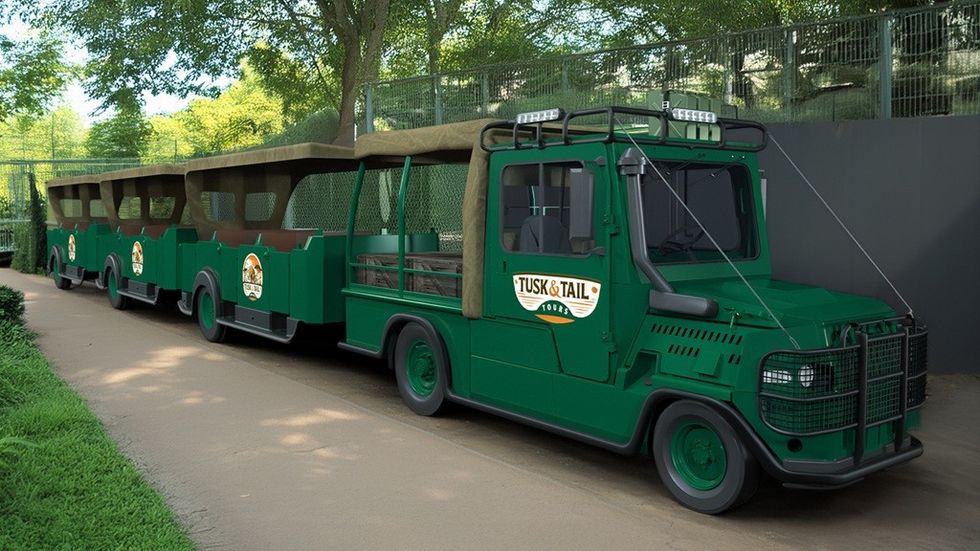 The 9000ST Series
The 9000ST Series